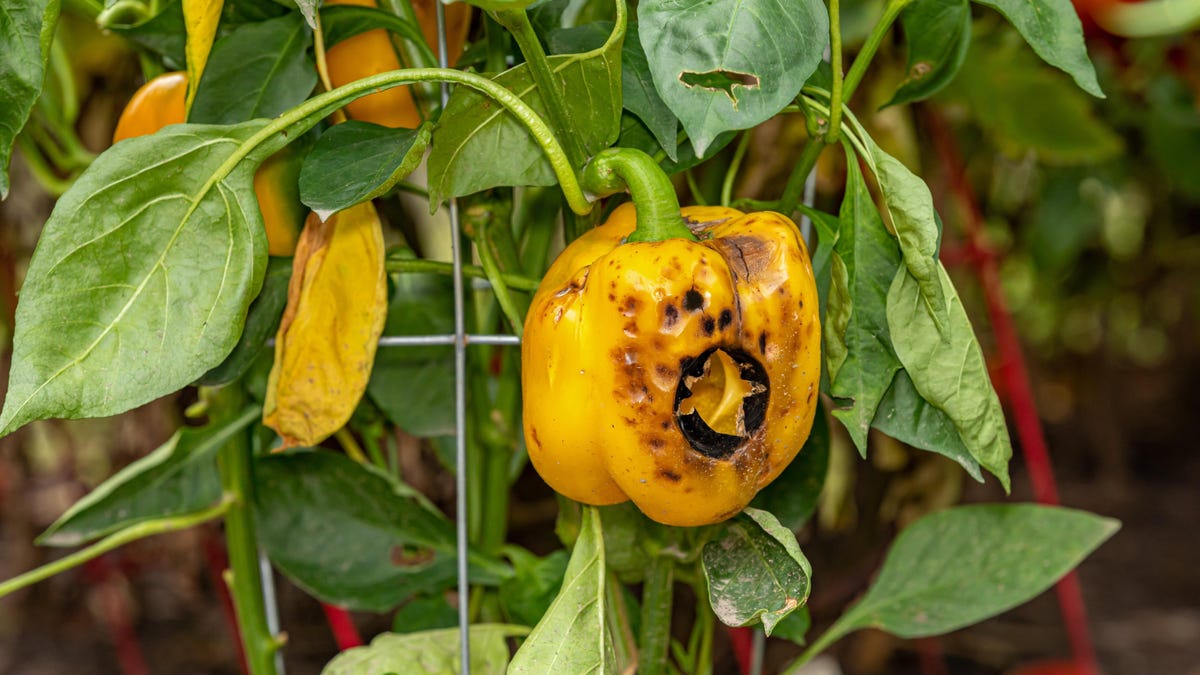6 Signs of Heat Stress in Plants
We’re not the only ones struggling in this oppressively hot weather: Most common garden plants prefer temperatures ranging from 59°–86°F. In fact, they can start to show signs of heat stress when it’s 90°F or above for long periods of...


Photo: J.J. Gouin (Shutterstock)
We’re not the only ones struggling in this oppressively hot weather: Most common garden plants prefer temperatures ranging from 59°–86°F. In fact, they can start to show signs of heat stress when it’s 90°F or above for long periods of time. Here’s how to recognize the signs of heat stress, and how to help your plants recover.
The signs of heat stress in plants
According to the Oregon State University Extension Office, the signs of heat stress in plants include:
Wilting: A lack of water pressure in the plant will cause it to droopBolting: The premature flowering of plantsSunscald: Sun damage that can look like dried-out fruit, or sunken, hardened areas on the fruit surface; discoloration; blisters on the skin of the fruit; a watery area on the fruitDry leaf edges: More common in plants with large leavesBlossom and fruit drop: The plant’s attempt to conserve energyLeaf rolling and cupping: The plant’s attempt to minimize its leaf surface area
How to help plants experiencing heat stress
Fortunately, many plants can recover from heat stress, and those that lost blossoms or fruits will likely produce more as the season progresses. Here are a few ways you can help your plants recover from the heat, also courtesy of the Oregon State University Extension Office:
Watering: Give your plants a deep soak in the morning, unless the plant is wilted: in that case, water it right awayCreate some shade: Move containers into the shade; use umbrellas or hang sheets to create shade for plants in the groundMulch your garden or flower beds: This will help the soil retain moisture, and will act like insulation, protecting the soil from extreme temperaturesFor more information on heat stress, visit the Oregon State University Extension Office’s website.

 MikeTyes
MikeTyes 






























